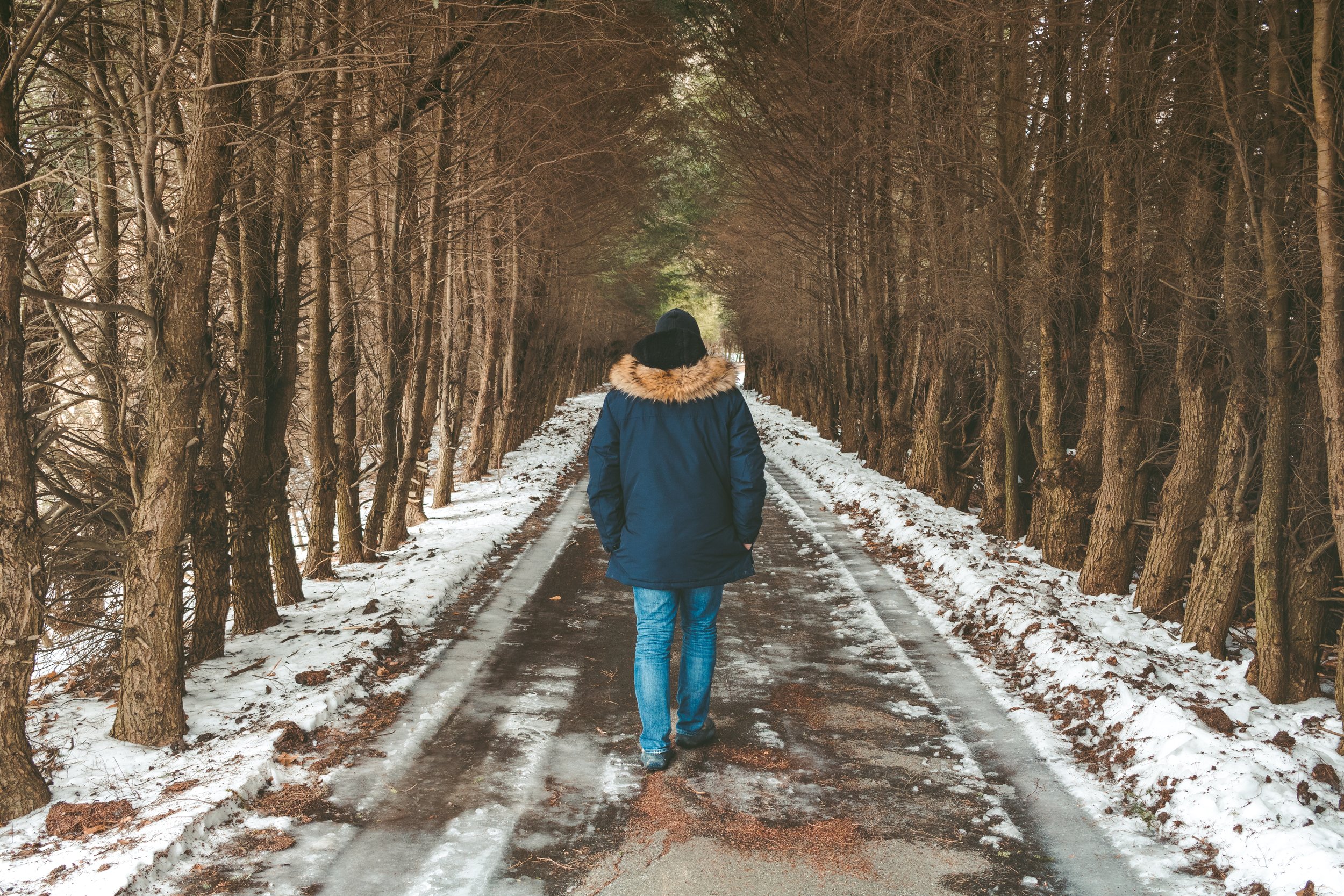Seasonal Affective Disorder: 5 Ways to Fight the Winter Blues
Are any of you feeling the impact of less light and shorter days on your mood and well being? I certainly am and I'm also hearing about it from my patients and friends. Ten to twenty percent of people have milder forms of depression associated with the onset of winter. This year I have gone all out—in the integrative sense—trying to support my own mood this winter and have had significant success. I wanted to share with all of you what I've learned from my research.
Why do some people tend to get sad in the winter? For starters, we're inside a lot more due to work and weather and typically that means less daylight exposure and fresh air. Those wonderful physical activities that keep us fit and happy during the summer are also more challenging as many sports and wilderness activities are curtailed by weather or early sunset. These changes can affect mood, quite seriously in some people. When the mood effect is significant, we call the problem Seasonal Affective Disorder (SAD).
Seasonal Affective Disorder is characterized by:
- Depression that starts in fall or winter
- Decreased interest in work or other activities
- Carbohydrate cravings
- Afternoon slumps with decreased energy and concentration
- Increased appetite with weight gain
- Increased sleep and excessive daytime sleepiness
- Lack of energy
- Slow, sluggish, lethargic movement
- Social withdrawal
Does not sound like much fun does it? As if we needed help with carbohydrate cravings during the holiday season! So what can we do?!
1. Light!
The best prevention and treatment is increased exposure to light—preferably natural light. So when the weather is nice (or even if it isn't) try to spend some time outside absorbing the sun's rays. Sunlight directly stimulates your brain through the retina at the back of your eyes, impacting the production of melatonin and neurotransmitters that affect sleep and mood.
In addition to natural light, it can be very helpful to be exposed to full-spectrum indoor light during the day. You can obtain full-spectrum light bulbs, either incandescent or fluorescent, in all sizes and shapes at lighting stores or online. My favorite resources are listed below. For those with Seasonal Affective Disorder, ordering a professionally designed light box that produces at least 2,500 to 10,000 lux at eye level can be very effective.
Exposure to 2500 lux for 2 hours daily or to 10,000 lux for 30 minutes daily seems to be equally effective. The light box should be placed on a desk or table so that the light easily enters the eyes, without gazing directly at the light source. It usually takes a week or two to know if the therapy will be effective in lifting depressive symptoms.
Try these online retailers for full-spectrum light bulbs and light boxes:
BlueMaxLighting.com
Verilux.com
SunBox.com
Bio-light.com
Apollolighttherapy.com
FullSpecrumSolutions.com
2. Get your vitamin D
Maintaining adequate Vitamin D levels is also helpful in preventing or treating Seasonal Affective Disorder. Surprisingly, 70 percent of people in the U.S. are deficient in Vitamin D, so if your levels have not been checked recently in a simple blood test, it may make sense to do so.
A 25-hydroxy vitamin D level of 30 ng/ml or higher is considered normal. The ideal level is controversial, but may be 40-50 ng/ml in someone with Seasonal Affective Disorder. In addition to assisting with mood, vitamin D prevents cancer, improves immunity, and increases bone density. It is safe to take 1000-2000 IU daily. In many of my patients, I use doses as high as 5000 IU when their levels are low. This high a dose requires that we re-check levels to be sure we are not giving too much Vitamin D, as it is a fat-soluble vitamin and it is possible to overdose on it.
3. Move!
Exercise is helpful in supporting mood in all cases of depression and certainly can help during the less active months of winter. I recommend that everyone have an "indoor alternative" for exercise in case of inclement weather (try these indoor workouts to carry you until spring). Exercise equipment, an exercise video or a gym membership will suffice to provide options for exercise when it is dark or stormy.
4. Boost your serotonin
Studies have found a decrease in central serotonergic activity in patients with Seasonal Affective Disorder. Serotonin also plays an important role in the mechanism of action of light therapy. Someone who is depleted in the precursors to serotonin (tryptophan or 5-hydroxy tryptophan) will not respond to light therapy. When someone is seriously depressed we use agents that increase the availability of serotonin at the nerve ending—SSRI's (Prozac, Celexa, Luvox, Lexapro, Zoloft, Paxil) or SNRI's (Effexor, Cymbalta, Pristiq).
We can naturally increase serotonin levels in the body by supplying the body with the precursors to Serotonin: tryptophan or 5-hydroxy tryptophan (5-HTP). This should always be done in consultation with your doctor as these precursors can interact with anti-depressants and have potential side effects. I typically start with 100 mg of 5-HTP before bed and increase by 100 mg weekly up to 200-400 mg.
5. Take your vitamins
To support mood at any time it is helpful to boost your B vitamins by taking a B complex. Research has shown that in some people, large dose of more bio-available forms of B12 and folic acid—methyl B12 and methyl folic acid—are helpful in alleviating depression. And don't forget your Omega 3's! A good dose of fish oil with at least 1500 mg of EPA + DHA supports mood as well.

